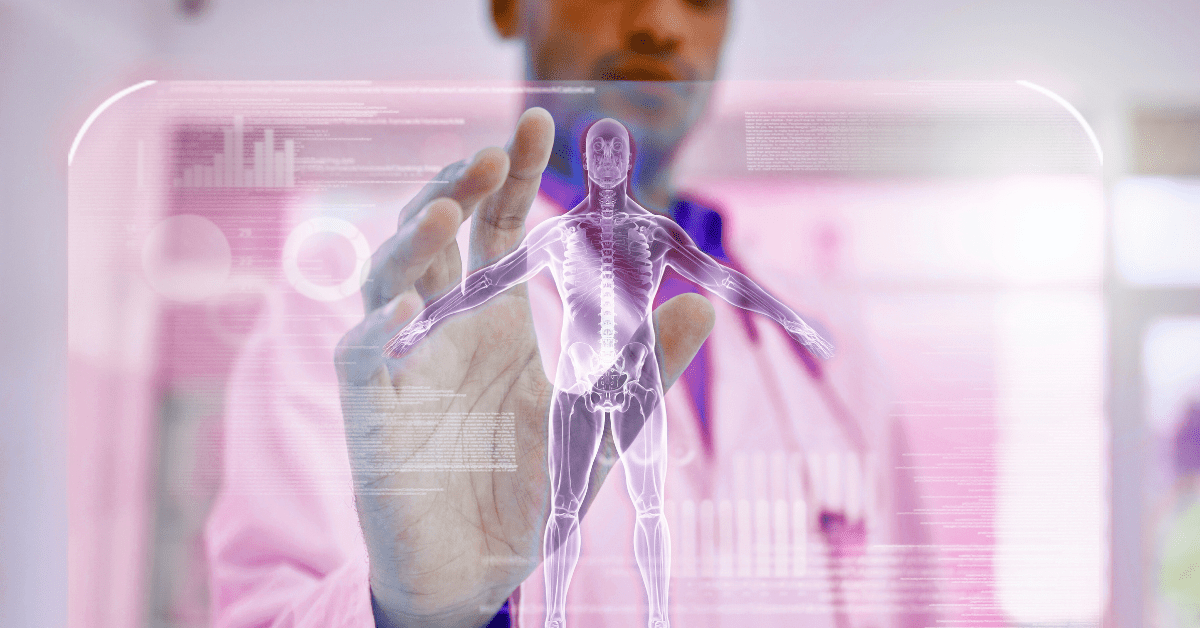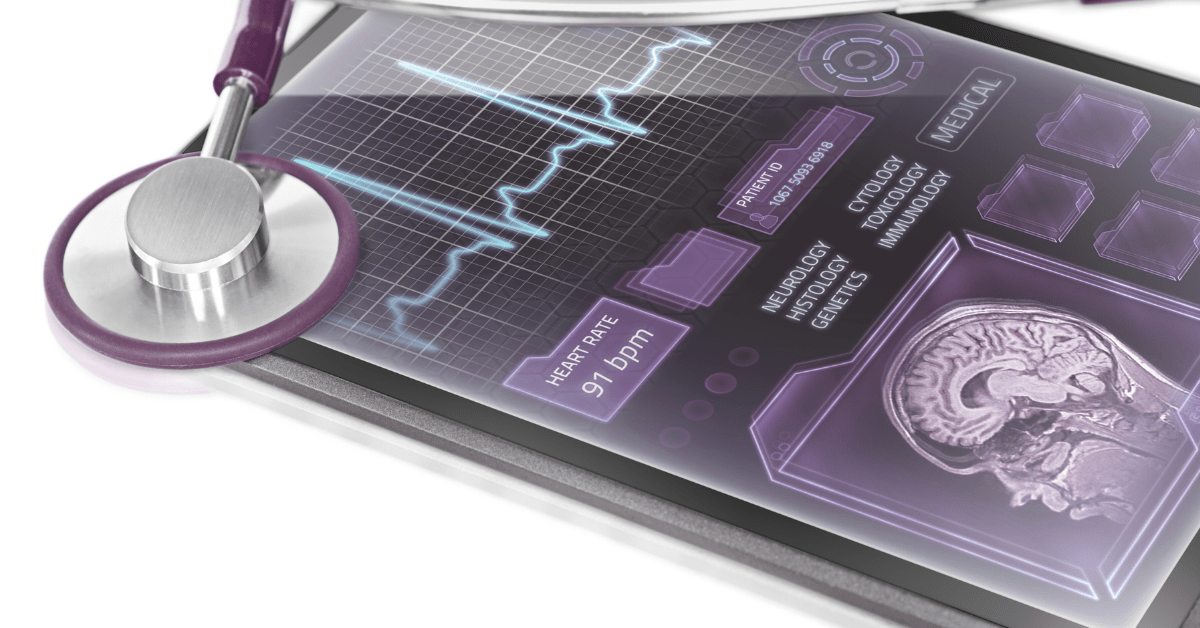Healthcare integration teams face growing pressure to deliver more interfaces with fewer resources—while maintaining compliance and patient safety. Artificial intelligence is emerging as a powerful tool to support these teams, especially in repetitive HL7 and FHIR tasks where deterministic rules struggle and human time is expensive. By carefully embedding AI into workflows, healthcare organizations can accelerate delivery without sacrificing governance or HIPAA compliance.
Where AI adds real value in HL7 and FHIR workflows
AI should not replace integration engineers. Instead, it should amplify their work. The best results come when AI suggestions are embedded within existing processes, while keeping humans in the loop for approvals, rollbacks, and production changes. This balance ensures safety, transparency, and long-term scalability.
Mapping and transformation suggestions
Schema-aware AI models can scan representative messages and propose field-level maps between HL7 v2 segments (such as PID, PV1, OBR, OBX) or FHIR resources and destination schemas. The system presents candidate mappings with confidence scores, and engineers approve or adjust them. This reduces build time for new feeds and standardizes mapping patterns across projects—especially during migrations or when adding new trading partners.
Automated data validation and semantic checks
AI goes beyond basic format validation. It can flag impossible dates, conflicting identifiers, or implausible values before they reach downstream systems. Combined with deterministic rules, this reduces defect escape and the need for costly rework. For identity resolution, probabilistic matching highlights potential duplicates for review, while keeping PHI within the compliance boundary.
Intelligent routing and anomaly detection
Message traffic is dynamic. AI can learn baseline volumes, response times, and error codes, then raise alerts on anomalies such as spikes in NACKs, vendor timeouts, or unusual payload sizes. Integration teams receive earlier warnings and reduce mean time to resolution without monitoring dashboards 24/7.
NLP enrichment for unstructured text
Natural language processing allows AI to extract key attributes from radiology impressions, pathology summaries, or physician notes. These insights can populate structured tags or FHIR extensions, improving downstream analytics and search without altering clinical responsibility. AI does not replace clinicians—it enhances the accessibility of unstructured data.
PHI-safe synthetic test data
Creating realistic test data is tedious and time-consuming. AI can generate PHI-safe HL7 and FHIR samples that mirror real-world variability and edge cases. This strengthens regression testing and reduces surprises in production, particularly during interface migrations or when onboarding new partners.
Architecture patterns that work
AI should be introduced with strong architectural patterns to prevent clinical disruption. Effective patterns include:
– Human-in-the-loop mapping UI with versioning, approvals, and instant rollback. – Event-driven bus that invokes AI services for validation or enrichment, with clear timeouts and fallbacks. – Explainability logging of prompts, features, model versions, and outcomes for audits and root cause analysis. – Isolated, rate-limited AI services with service level objectives and safe deployment practices.
Security, governance, and HIPAA compliance
Security and governance remain non-negotiable. Teams should apply the principle of minimum-necessary access, encrypt all data at rest and in transit, and ensure PHI remains within compliance boundaries. Business associate agreements must be in place with third parties. Prefer models that do not train on customer data by default, and document monitoring and incident response procedures for every AI component.
Governance is not a one-time task. Establish bias and drift reviews, track explainability metrics, and conduct periodic audits. AI should always operate under the same rigor that governs other safety-critical healthcare systems.
Practical applications of AI-assisted interoperability
AI support is already proving useful across healthcare integration scenarios. Laboratory systems benefit from automated mapping of LOINC codes and OBX segments. Radiology interfaces gain efficiency through NLP-driven enrichment of impressions. Telemedicine platforms use AI validation to prevent data quality issues when connecting with diverse EHRs. Revenue cycle systems employ synthetic test data to strengthen payer connections without exposing PHI. These examples show that AI assistance is not theoretical—it is delivering real value today.
Measuring success with AI integration
To ensure AI adds value, teams should define clear metrics such as:
– Time to deliver a new interface or mapping change. – Share of messages auto-validated without manual intervention. – Defect escape rate and rework hours per release. – Mean time to detect and resolve interface incidents. – Reduction in time spent on routine validation and monitoring tasks.
A pragmatic rollout plan
The safest path is gradual adoption. Start with a narrow use case, such as mapping suggestions for a single feed, under strict guardrails. Add automated validation next, then anomaly detection. Expand only after proving safety and measurable ROI. Provide lightweight training so engineers know how to interpret and act on AI suggestions. Change management is as important as the technology itself.
Future trends in AI and interoperability
AI in healthcare interoperability will continue to evolve. We can expect broader adoption of FHIR R5, more advanced explainable AI models, and regulatory frameworks that set clearer boundaries for clinical AI. Real-time integration will also become standard, with providers expecting instant insights at the point of care. In parallel, value-based care will drive demand for interoperability across payers, providers, and patients—making AI-enabled integrations even more critical.
Conclusion
Artificial intelligence is not a replacement for integration engineers. Instead, it is a force multiplier that automates repetitive tasks, improves validation, and reduces the time to deliver safe, compliant interfaces. With the right guardrails, healthcare organizations can scale HL7 and FHIR workflows while maintaining governance and HIPAA readiness.
Healthcare Integrations helps software companies and providers implement AI-assisted workflows that fit their stack—HL7 v2, FHIR, LIS, PACS, RCM, and more. Explore our AI Integration Services, and if you are modernizing your interface strategy, see Mirth to BridgeLink Services for a safer migration path.





